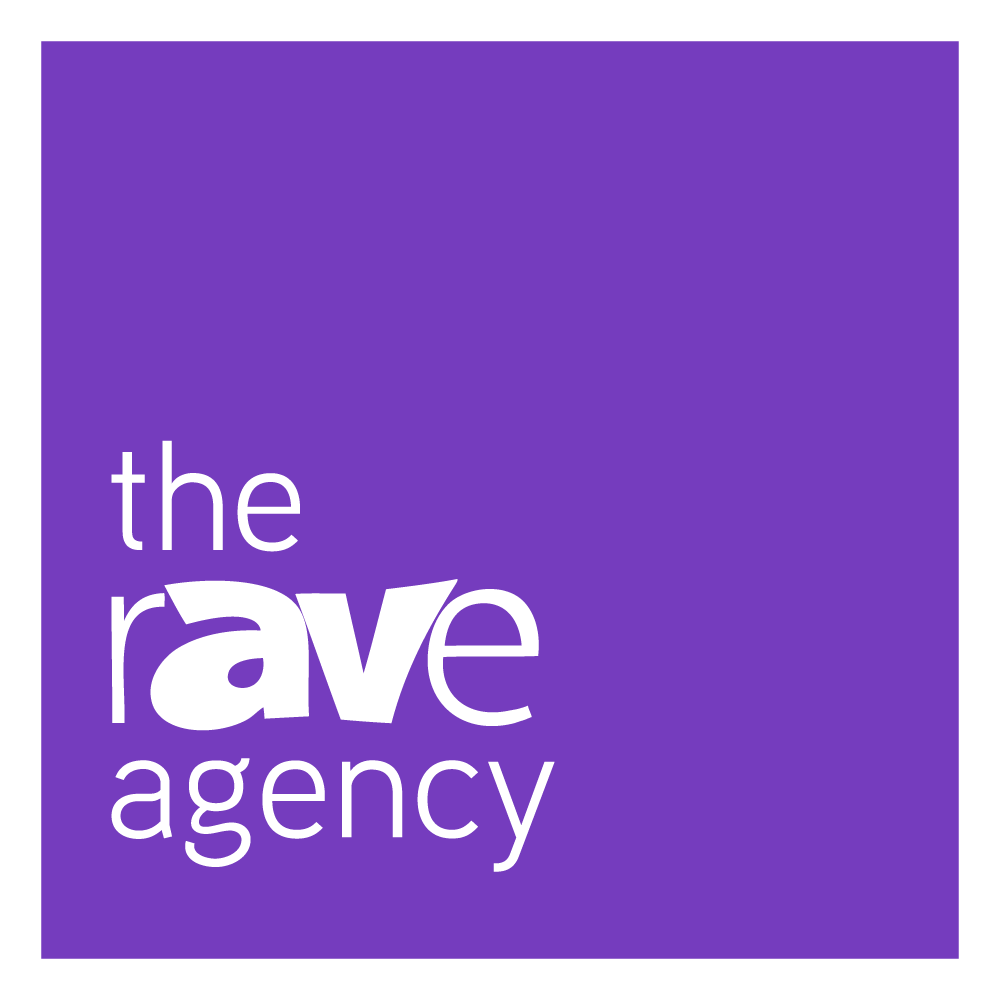A documented content marketing strategy is often a key indicator of content marketing success. According to the 2019 annual Benchmarks, Budgets, and Trends—North America report from Content Marketing Institute, the most successful B2B content marketers are more likely than their less successful peers to have a documented content marketing strategy (65% versus 14%).
Let’s start from the beginning. What is a content strategy? It’s the planning, creation and maintenance of content for your brand. Your content is tangible media — such as case studies, webinars, podcasts, blogs, social media content, white papers, ebooks and newsletters. The most successful content strategies create brand awareness, educate audiences and generate leads, and a successful strategy requires research, planning and implementation.
A content strategy won’t happen overnight, and it will need to be revisited and tweaked throughout its life span. Whether you’re just starting out with content marketing or building on what you already have, have a look at our best practices for developing a successful content strategy:
- Define your audience. Who do you want to reach, and where are they online and offline? How are you going to deliver content to them? Is your audience on social media? Do you have a preexisting newsletter list to reach some of them? Outline the target audience that you’re trying to reach and determine the outlets you’re going to utilize to deliver content.
- Create SMART goals. What are your targeted results? Do you want to obtain new leads? Increase your social media presence? Drive traffic to a case study or webinar? Use a traditional goal-setting framework with SMART (specific, measurable, achievable, relevant and time-bound) goals.
- Create a unique voice. What do you want your brand to represent? What makes you stand out from the competition? What value do you want to provide? Use your company’s mission and values (we highlight what creating a mission statement looks like in a recent blog) to serve as the compass for your voice.
- Develop a content calendar. Before even determining how often you want to share content, have something worth saying. Don’t just create content for the sake of creating content (quality over quantity). Is your content relevant during the current timeframe? Does it add value for your audience? Once you’ve determined a piece of content is indeed valuable and worth the time investment to create, use a content calendar to plan and structure when and where your marketing goes out. Continue to update it with topics that are relevant to current industry trends, and don’t be afraid to move planned content around as trends and world events affect your messaging.
- Implement your content strategy. Before you create each piece of content, remind yourself of the purpose you want it to serve. Do you want to educate your audience? What do you want them to remember about you? Distribute your content across multiple, yet relevant, channels, and measure your results. Did you meet your goals?
Developing a successful content strategy can be an overwhelming process. Revisit your strategy frequently to tweak your audience research, goals or content calendar. It’s important to be up to date, relevant and engaging with your audience. No one wants to be talked at — they’d rather be engaged with.
If you’re looking for additional help in developing a content strategy, THE rAVe Agency has proven success in creating unique, engaging content for the AV industry.

